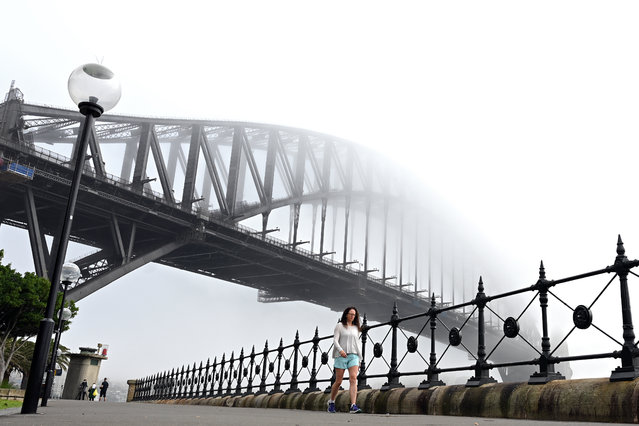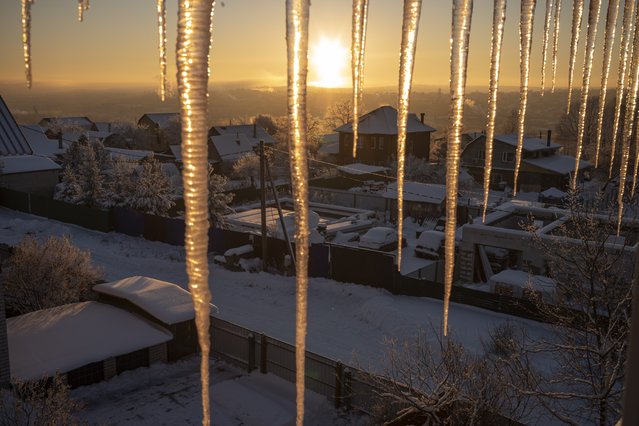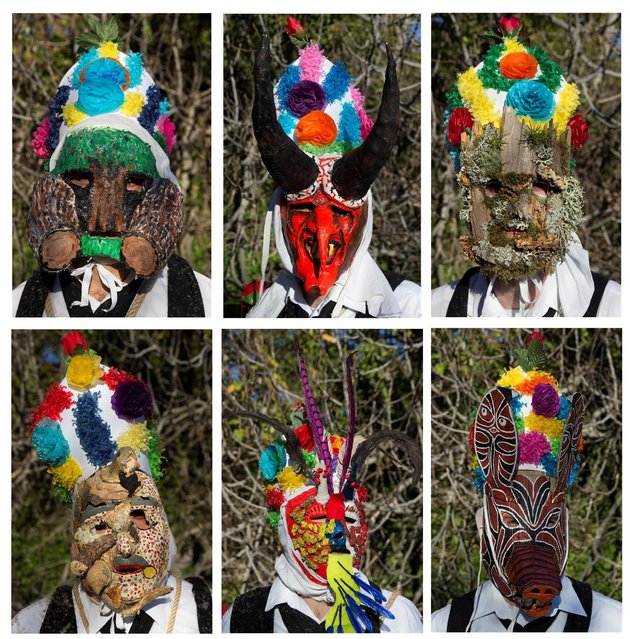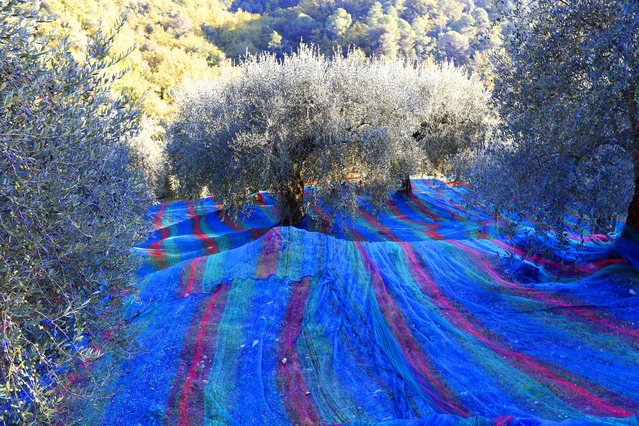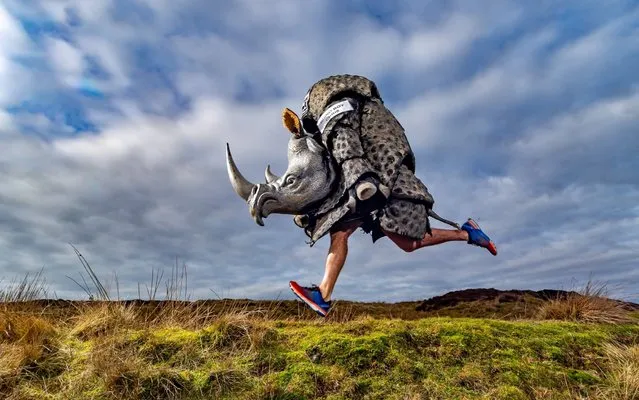
Children's author and charity fundraiser Chris Green, of Embsay, near Skipton, has been dubbed “Rhino Boy” as he has pledged to run 40 marathons and other events dressed as a Rhino to raise money for Save the Rhino on January 2020. (Photo by South West News Service/Yorkshire Post)
26 May 2020 00:03:00,post received
0 comments


